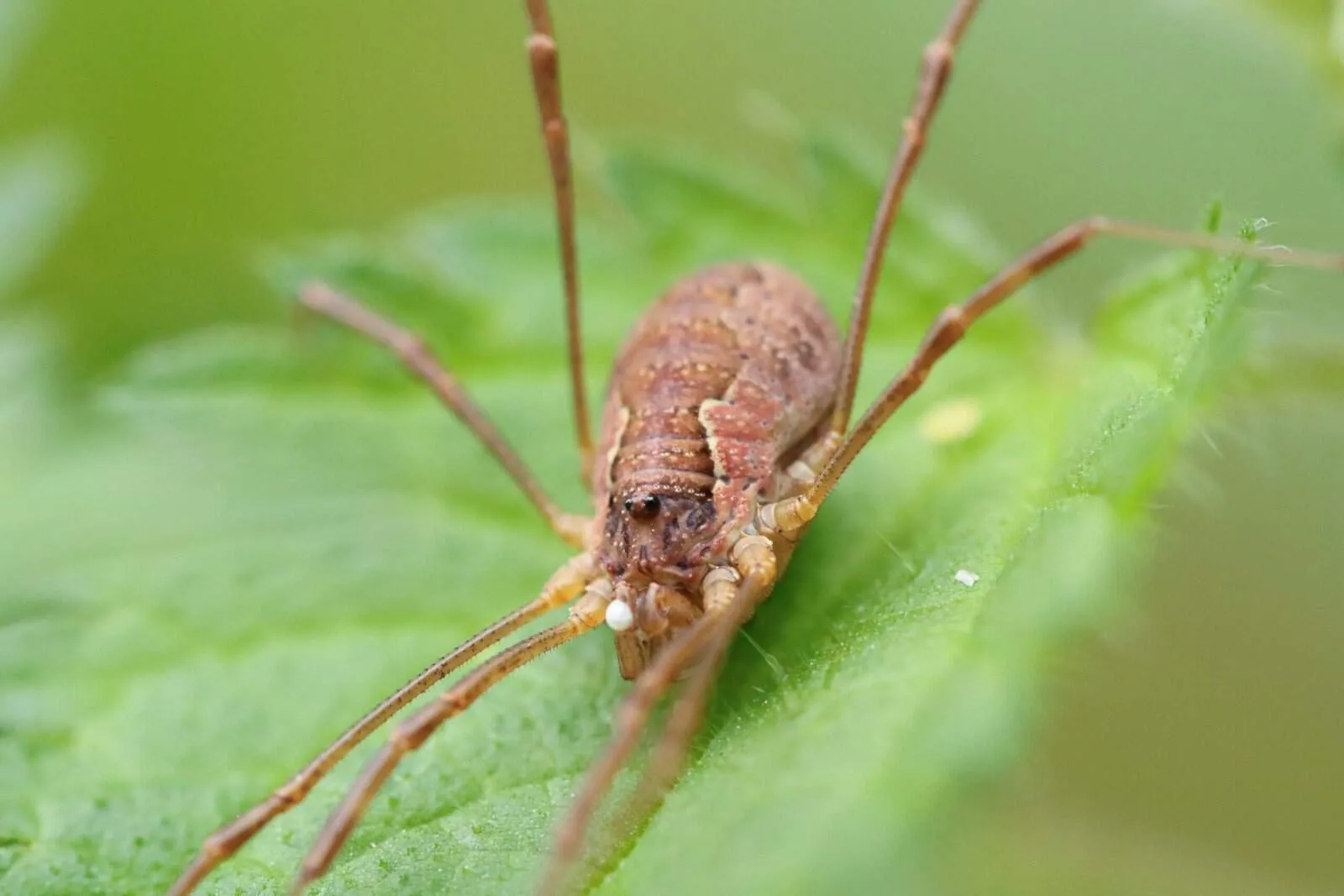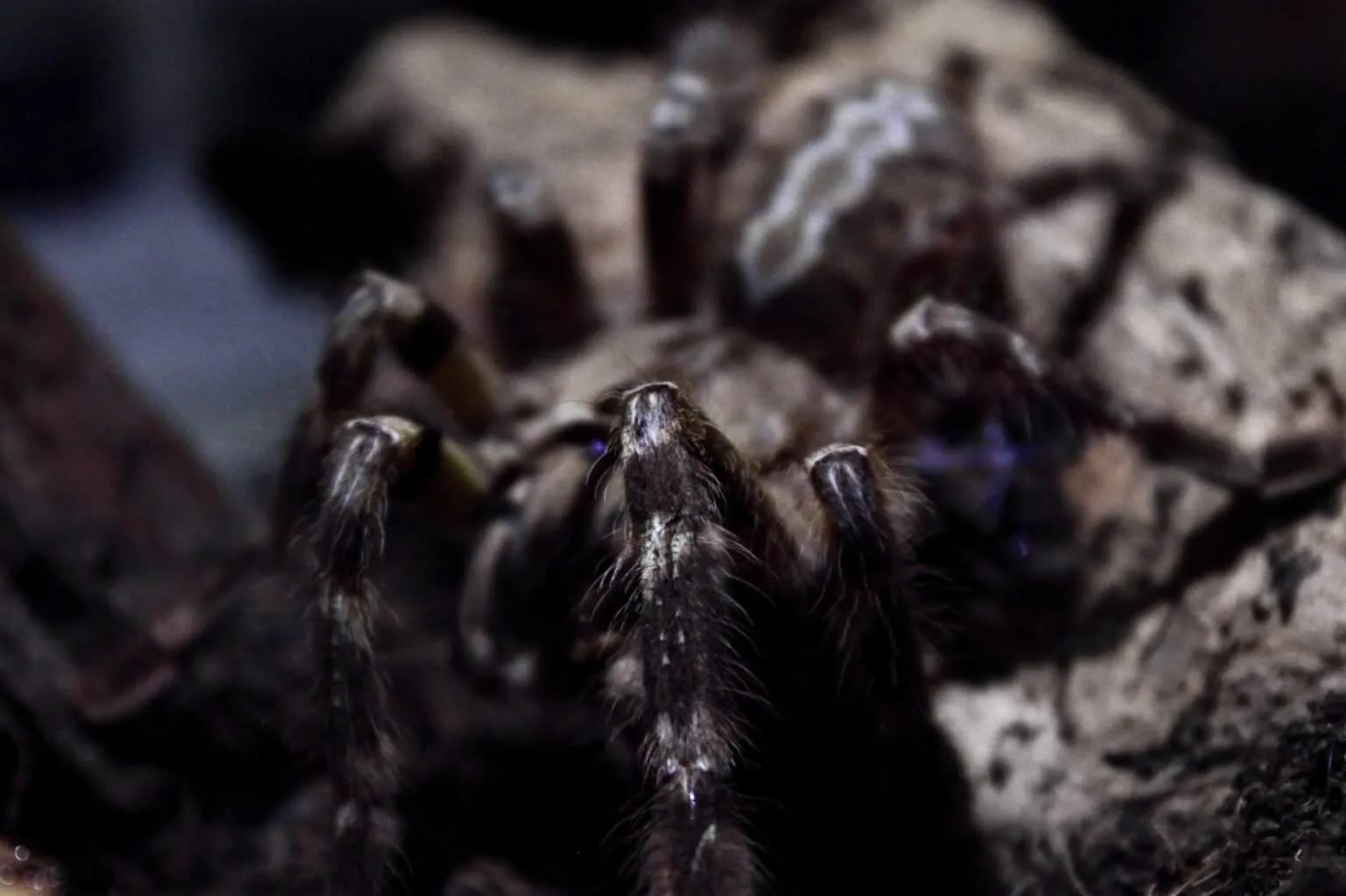Introduction
Tarantulas, with their imposing size and captivating behavior, have become popular pets for many enthusiasts. One of the most fascinating aspects of owning these arachnids is witnessing their life cycle, particularly the hatching of their eggs. The process, however, isn’t as straightforward as it might seem. The duration of time it takes for tarantula eggs to hatch is influenced by various factors, and understanding these elements is crucial for anyone interested in breeding or simply observing these creatures. This article will delve into the specifics of tarantula egg hatching, providing insights into the different stages, factors influencing the process, and what to expect as a tarantula owner. The world of tarantulas is filled with surprises, and the hatching of eggs is undoubtedly one of the most intriguing.
Factors Influencing Tarantula Egg Hatching
Several factors play a pivotal role in determining how long tarantula eggs take to hatch. Temperature is paramount, as tarantulas are ectothermic, meaning their body temperature depends on the external environment. Warmer temperatures generally accelerate the hatching process, while cooler temperatures can slow it down significantly. Humidity levels also have a crucial impact. Maintaining the correct humidity is vital to prevent the eggs from drying out, which can be fatal to the developing embryos. High humidity, however, can promote mold growth, also detrimental to the eggs. The species of tarantula also influences the hatching time, as different species have evolved with different strategies for reproduction. The overall health and age of the female tarantula can also impact the egg development. A well-nourished and healthy female is more likely to produce viable eggs that hatch successfully.
Species and Their Hatching Times

The duration for tarantula eggs to hatch varies considerably among different species. Some species hatch within a month or two, while others may take several months. For example, certain fast-growing species, like the Pink Zebra Beauty (Eupalaestrus campestratus), may have a relatively short incubation period, sometimes hatching in as little as 4 to 6 weeks under optimal conditions. Conversely, slower-growing species or those from cooler climates, such as the Chilean Rose Hair tarantula (Grammostola rosea), can take significantly longer, potentially up to 2 to 3 months, or even more. It’s essential to research the specific hatching times for the species you’re interested in, as this knowledge will help you prepare the appropriate environment and care for the eggs.
Environmental Conditions and Egg Development
Creating and maintaining the correct environmental conditions is vital for successful egg development. Temperature should be kept within the optimal range for the specific tarantula species, typically between 75°F and 85°F (24°C and 29°C). Humidity levels must also be carefully managed, using a hygrometer to monitor moisture levels. Misting the enclosure regularly, or providing a shallow water dish, can help maintain the necessary humidity, but it is crucial to prevent excessive moisture. The egg sac, where the eggs are contained, should be kept in a secure and stable environment, away from disturbances and direct sunlight. Some breeders use incubators to provide a controlled environment, ensuring the eggs are shielded from any drastic fluctuations in temperature and humidity. Ventilation is also important to prevent mold and ensure proper gas exchange.
Caring for Tarantula Eggs
If you are breeding tarantulas, proper care for the eggs is essential for a successful hatch. The first step involves providing the female tarantula with a suitable environment for egg production. This includes a well-sized enclosure, appropriate substrate, and opportunities for her to build her egg sac. After the female has laid the eggs and sealed the sac, avoid disturbing her or the sac unnecessarily. Regular monitoring of temperature and humidity levels is crucial. Some breeders will carefully remove the egg sac from the female once she has sealed it and place it in an incubator to provide a more controlled environment. Handling the egg sac should be kept to a minimum. If you notice any signs of mold or other issues, consult an experienced breeder or veterinarian who specializes in arachnids.
Recognizing Hatching Signs

As the hatching time approaches, there are several signs that indicate the eggs are about to hatch. The egg sac may begin to change in appearance, becoming slightly transparent, or you might notice small movements within the sac. Sometimes, the eggs may become visible through the outer layer of the sac. Keep in mind, the exact timing and appearance will vary depending on the tarantula species. If you have removed the egg sac to an incubator, be sure to check it regularly without disturbing it. When the spiderlings are ready to hatch, the egg sac will likely open, and you’ll see the tiny spiderlings emerge. It is crucial to be patient and avoid interfering with the process, allowing the spiderlings to hatch at their own pace.
First Days After Hatching
Once the spiderlings hatch, they will initially remain within the egg sac for a short period, usually several days to a few weeks, depending on the species. During this time, they will undergo their first molt. When they emerge from the sac for good, the spiderlings are called spiderlings. These tiny tarantulas are vulnerable and must be provided with appropriate care. The spiderlings should be housed in a secure enclosure, with appropriate ventilation and substrate. They will require very small food items, such as flightless fruit flies or pinhead crickets. It’s crucial to maintain the correct temperature and humidity levels to support their growth. Be prepared to provide individual enclosures for each spiderling as they grow and start to exhibit cannibalistic behavior.
Conclusion
Understanding how long tarantula eggs take to hatch is essential for anyone interested in breeding or simply observing these intriguing creatures. The hatching process is a fascinating display of the tarantula’s life cycle. By understanding the factors that influence hatching times, and providing the right environment, you can increase the chances of successful egg development and the emergence of healthy spiderlings. Patience, observation, and a keen interest in the specific needs of your tarantula species are the keys to success in this exciting aspect of tarantula ownership. As you watch the spiderlings grow, you will appreciate the wonder of these fascinating arachnids.
